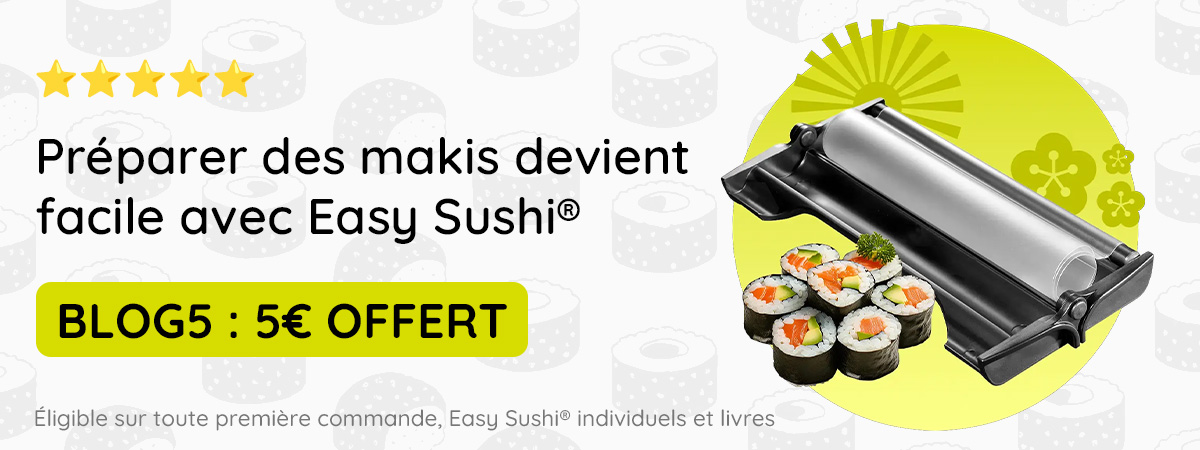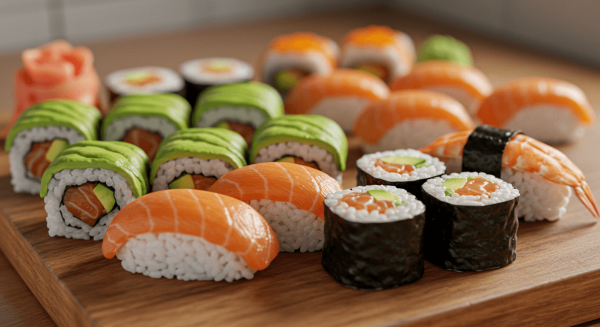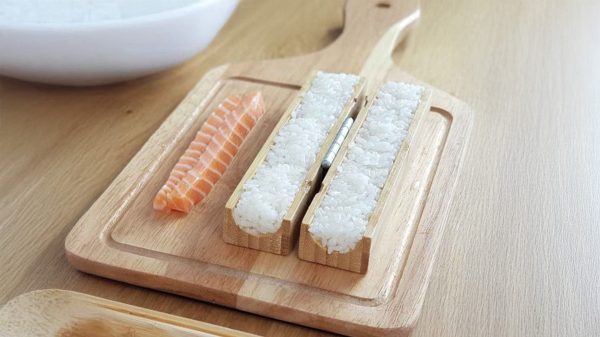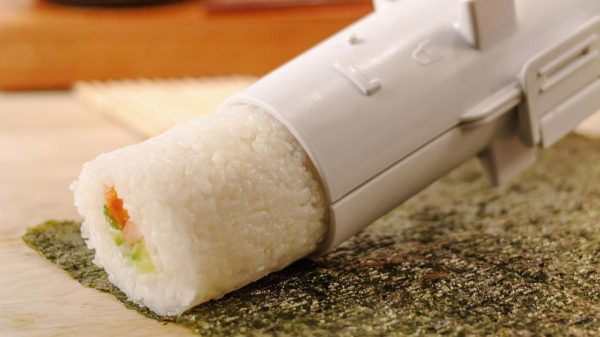Which fish to design perfect sushi and maki?
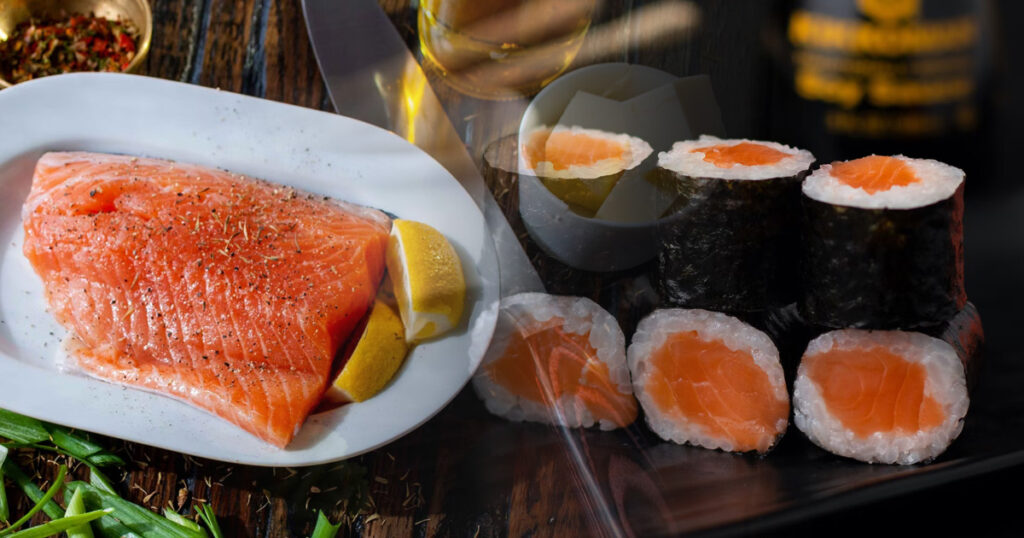
Almost all fish and other sea creatures are edible, but not all are edible raw. Raw fish has been all the rage in the West for quite some time, but sushi and sashimi have been part of Japanese cuisine for centuries. When preparing either at home, it's best to follow their lead so you know which fish you can safely eat raw.
Please note that some high-risk populations should avoid raw seafood. These are people with weakened immune systems, pregnant women, children under five and adults over 65.
Sushi bass fish
For any raw dish, you'll find it's best to stick with any fish you'd find at a sushi bar (sushi-ya, as they're called in Japan). This can be a problem if you've never eaten at a sushi bar. Let's start with the classic raw fish found in Japanese sushi-ya:
- Tuna: any tuna, including bluefin tuna, yellowfin tuna, bigeye tuna, skipjack tuna, skipjack and albacore. There are also some rarer tunas.
- Salmon: Although popular and commonly used for sushi, this particular fish poses a risk of parasites. Be sure to freeze it first.
- Clams, scallops and abalone: these shellfish are quite popular options. However, you should avoid oysters. Although tasty raw, oysters do not pair well with sushi rice.
- Amberjack: This is a type of trevally called hamachi in Japanese. For many people, it is the favorite raw fish.
- Halibut or flounder: The English names for these fish may not appear on a sushi menu. In sushi language, they are called hirame.
- Squid: Although common in sushi, squid is usually cooked quickly for a few seconds rather than served raw.
- Gizzard Shad: This baitfish that the Japanese call kohada is prized in some circles. Although it has a very strong fishy taste, it's not in a bad way.
- Mackerel: Called saba or aji in Japanese, all forms of mackerel are excellent choices. They are always treated with vinegar before serving.
- Sea bass, pork, and snapper: These are all sea bass-like fish, and are often seen in sushi restaurants under the names tai and suzuki. They too are often processed before being served raw.
To be on the safe side, look for any farmed fish from the United States, Norway, Great Britain, New Zealand, Canada, or Japan. These countries have strict cleanliness standards. That said, farmed salmon is prone to a type of parasite called sea lice, regardless of the country where it is farmed.
Potential pests
Parasites are part of life when eating meat. This is one of the reasons humans decided to start cooking their food thousands of years ago. Heat kills worms. Freezing too, but some can survive a home freezer (but not a good freezer box).
This is why it is recommended that any seafood you decide to eat raw be frozen beforehand. It's just safer that way. Yes, fresh is best in most cases, but even professional sushi chefs freeze their salmon first, which is exceptionally susceptible to parasites.
The creatures you need to be concerned about are cod worm, seal worm, and tapeworm.
Cod worms are found in cod, haddock, pollock and hake. They are easily visible to the naked eye and come off easily if you catch them. Good New England fishmongers 'candle' their fish by placing the fillets on a light box to detect worms. That's why you never see cod in a sushi bar.
Sealworm is found in salmon, mackerel, rockfish, smelt, some halibut and other plaice, including shad on the west coast. This is why mackerel is treated with vinegar in the preparation of sushi. These worms are small brown creatures that coil like a spring. You can miss them if you don't look carefully, but if you look – and you should always look with smelt and herring – you can spot them.
Neither the cod nor the seal worm will kill you. If you eat one, it will usually pass through your body without you realizing it. Sometimes they will manage to attach themselves to your stomach, causing nausea and abdominal pain. They'll die soon enough, but not before they're unpleasant.
Tapeworms are much meaner. They live in so many freshwater fish that only a stupid person would think of eating wild trout or bigmouth bass raw. Tapeworms can live inside people and can reach a length of 6 meters inside you. Ick! Unless it's a farmed fish, skip the walleye sashimi.
Freshness
Freshness is another key factor in eating raw fish. A fish that has not been treated well when it arrives at the dock will not be a good fish to eat raw.
Sushi-grade fish are caught quickly, bled as soon as they are caught, gutted soon after and carefully iced. This method is very important. A piece of fish can be perfectly good to eat cooked but very bad to eat raw. Cooking kills many bacteria and other organisms that begin to accumulate in raw fish after it dies.
If you catch fish yourself and want to eat it raw, remember which fish you can do that with from the list above. It is not exhaustive, but it is a good guide.
If you catch such a fish, do like the pros:
- Bleed it by slicing off the gills and/or cutting a slice near the tail down to the backbone.
- Dump the fish on the boat. Most of the worms found in fish once lived in the guts of the animal, then migrated to the flesh after the fish died.
- Rapid evisceration avoids this phenomenon in most cases.
- Bring ice on the boat, even in cold weather. Buy several pounds of ice, then buy an extra bag. You will see that it is worth it.
- Eating raw fish is a wonderful way to enjoy seafood, and many people (from low-risk populations) eat it regularly with no problem. Knowing how to select and handle seafood safely is essential.
